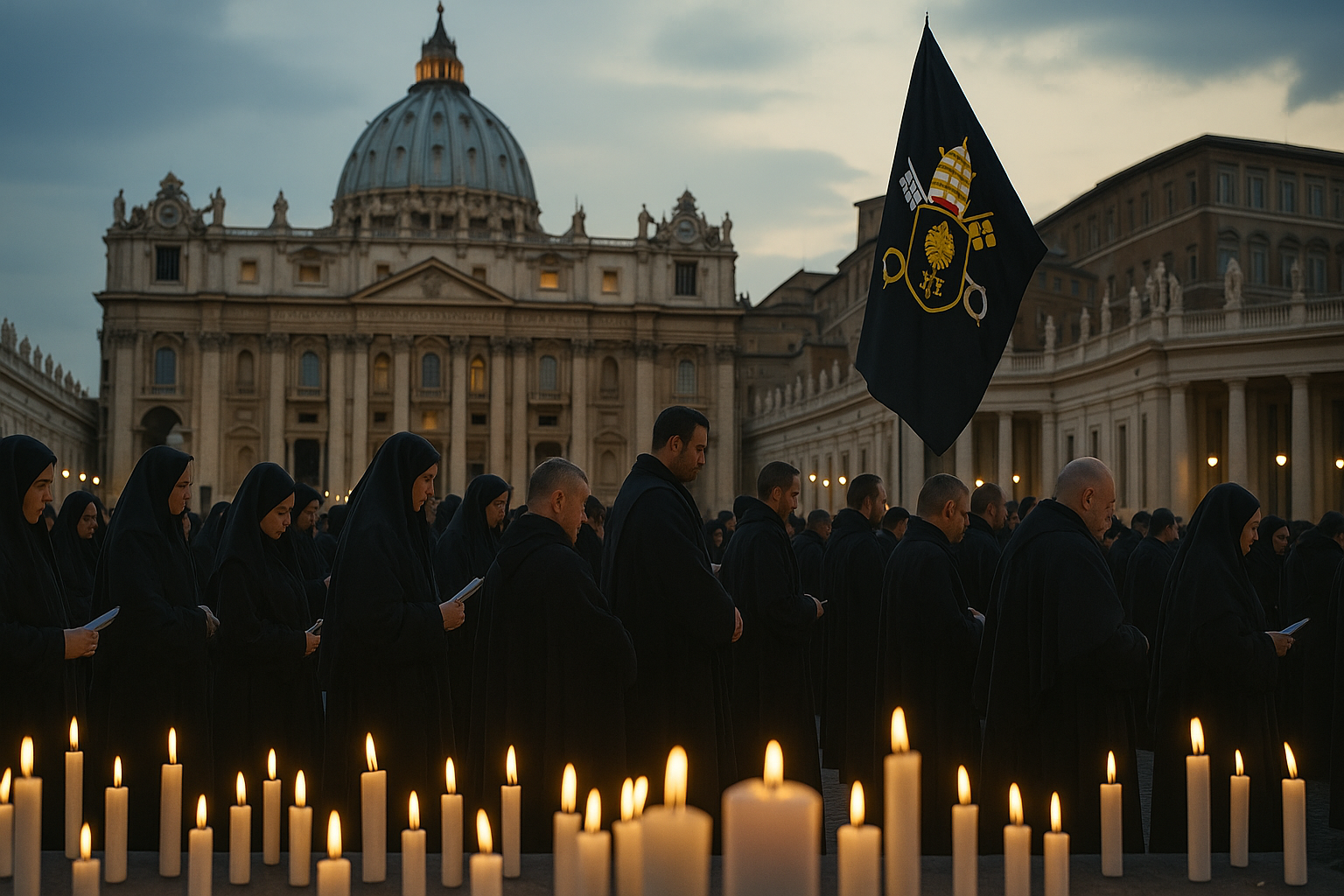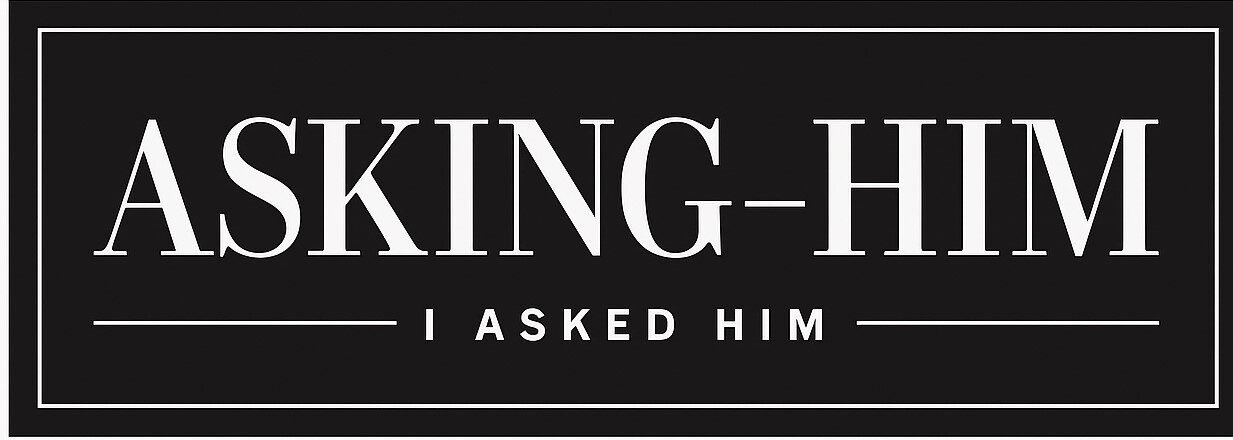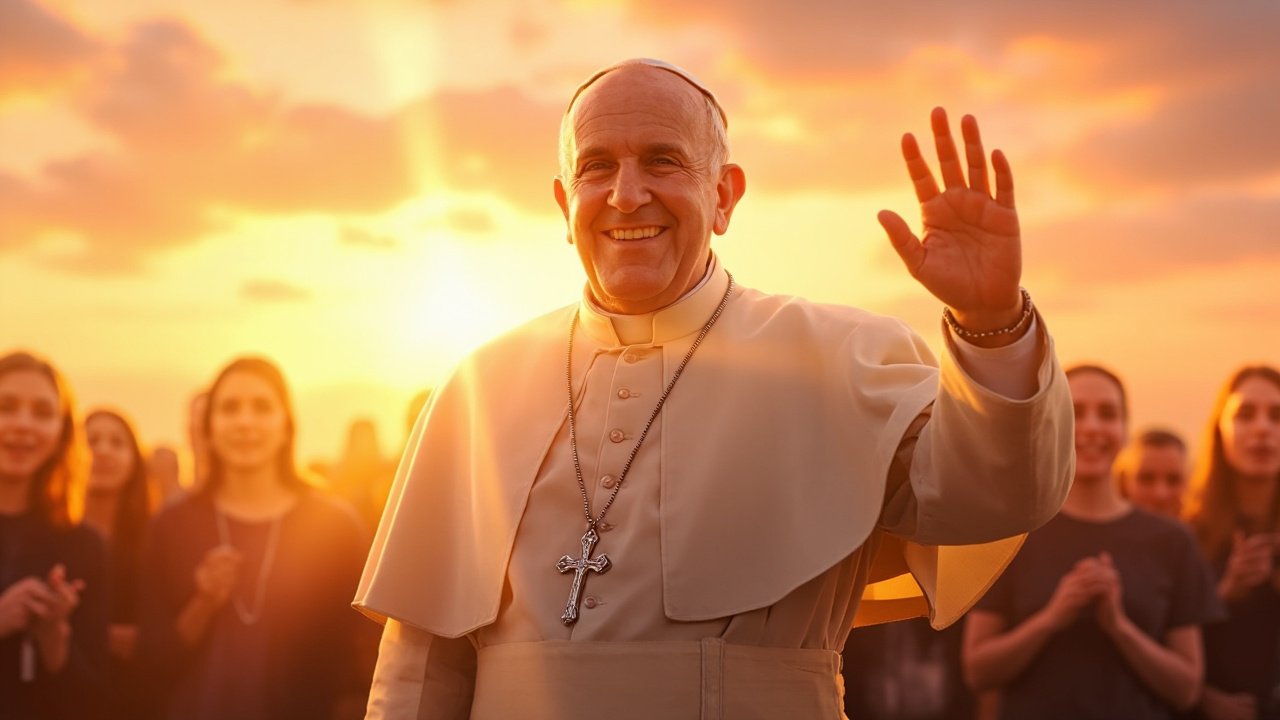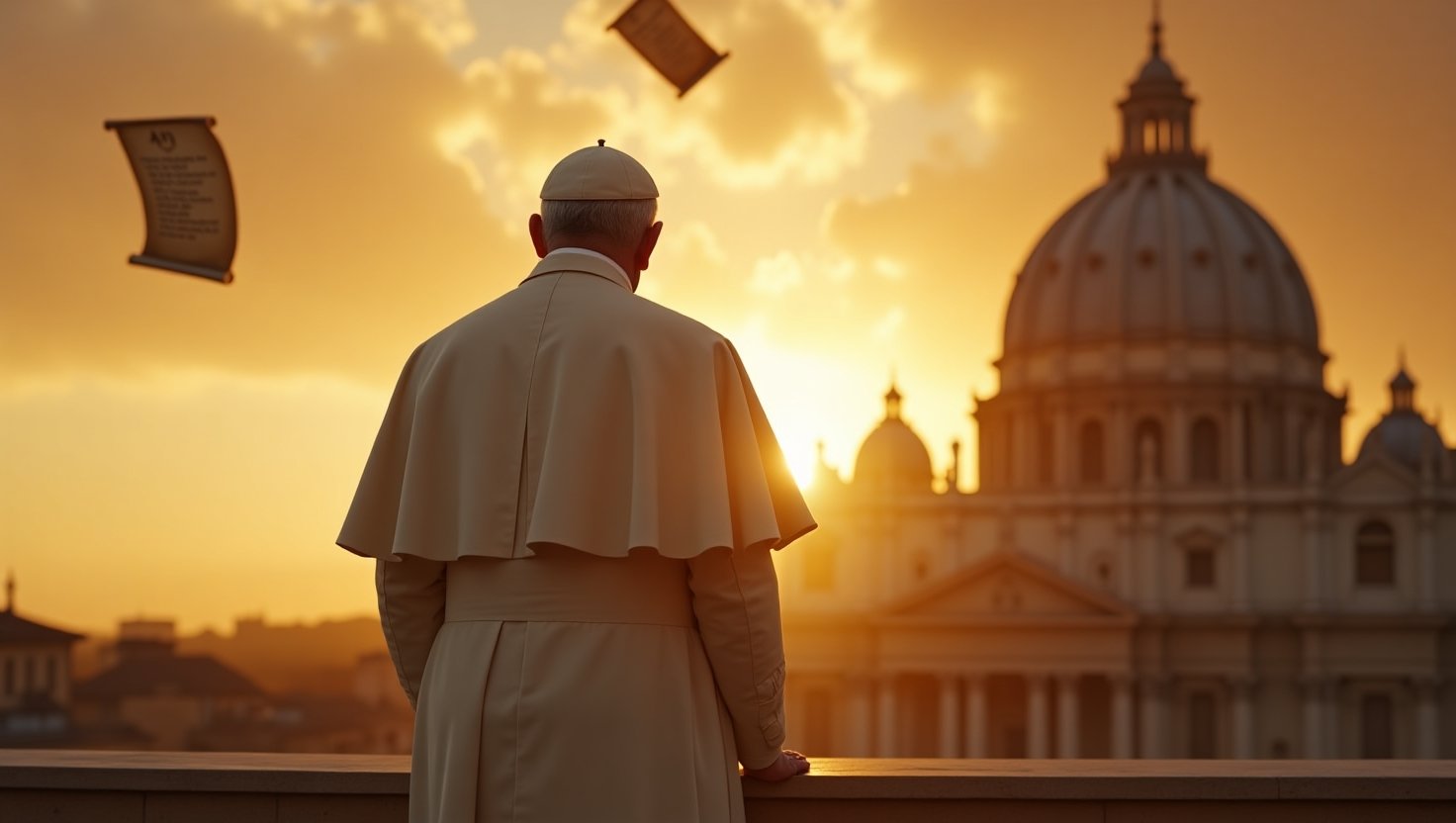
On April 20, 2025, the world awoke to news that stunned millions: Pope Francis had died following complications from a sudden stroke. For many, it marked the end of a remarkable era of spiritual leadership and transformation within the Catholic Church. But behind the candlelit tributes and solemn hymns, questions linger—about his health, his final days, and a potentially explosive meeting with U.S. Vice President J.D. Vance.
A Decline Hidden in Plain Sight
In recent years, Pope Francis had battled a string of health issues. There were whispers of respiratory infections, increased fatigue, and a noticeable reduction in his public appearances. Yet the Vatican repeatedly reassured the world that the Holy Father was in stable condition. That illusion shattered when the stroke struck. Despite swift medical intervention, Pope Francis never recovered.
The Meeting That Raised Eyebrows
Only days before his death, Pope Francis met privately with U.S. Vice President J.D. Vance. The encounter, according to insiders, was anything but cordial. Sources described it as “emotionally charged” and “unexpectedly tense.” Vance, a vocal critic of many progressive social and moral stances taken by the Vatican in recent years, reportedly challenged the Pope on key theological and diplomatic issues.
While no direct link has been confirmed between this meeting and the Pope’s sudden health crisis, the speculation is unavoidable. Could the strain of that high-pressure political exchange—especially with a figure known for unapologetic confrontation—have added to an already fragile condition? Could something have been said that pushed Francis too far emotionally or spiritually? These are the questions now circulating both within Vatican walls and across the global faith community.
Political Undercurrents or Prophetic Timing?
Tensions between religious leadership and political power have existed throughout history. But this meeting, at this moment, feels different. Pope Francis was not just a figurehead—he was a spiritual compass for millions. And Vice President Vance represents a new wave of ideological tension rising in the West.
Observers have noted the Pope looked visibly unsettled following the meeting. His posture, facial expression, and overall demeanor sparked concern among those closest to him. Was it the toll of age—or was it something more? A spiritual burden too heavy to bear?
And let us not forget—Pope Francis was a deeply passionate man. His unwavering stance on human dignity, especially in matters like immigration, often put him at odds with political figures. As reported by Reuters, his legacy is firmly rooted in his compassion for the marginalized and his bold defense of migrant rights (source). He spoke openly about his heartbreak over the treatment of refugees and the marginalized. If the conversation with Vance touched on these themes, it would be no surprise that the Pope would be visibly upset. For him, these were not just policies—they were matters of soul and justice.
Could this be more than coincidence? Could this moment—this sudden silence from the Holy See—be part of something larger unfolding?
Questions That Demand Answers
With Pope Francis now gone, a new chapter begins. But that chapter opens not with peace, but with uncertainty. Was his death simply the result of natural decline, or did political pressure and internal stress hasten the end?
We may never know what was truly said in those final meetings. But the questions are too important to ignore.
Was it politics or providence? Pressure or prophecy?
The world deserves transparency. And Pope Francis deserves the truth to be known.
Stay with us at Asking-Him.com as we continue to follow the events unfolding in Rome, provide analysis, and offer biblical context for these prophetic times. If you have thoughts, insights, or prayers to share, we invite you to comment below.
Because behind the silence of the Sistine Chapel, a louder voice is calling.
God is still speaking. Are we listening?



